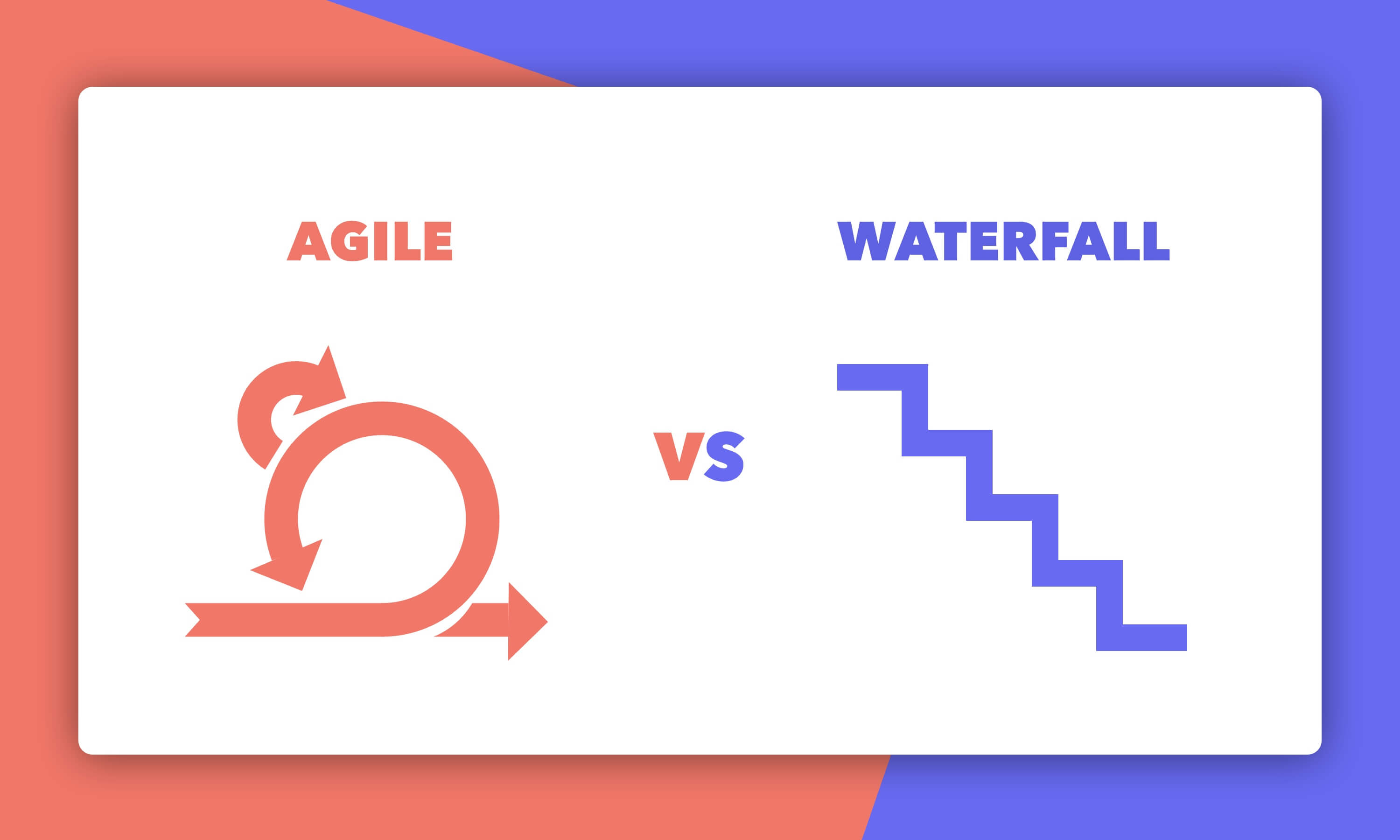Scrum vs Waterfall: What’s the Difference?

The selection of the appropriate methodology to run your project is the first thing you face as you establish your own software developing company. Generally, there are two main ways to run a project.
- First of them is the traditional way. This approach is also called Waterfall because of its sequential structure.
- The second approach is called Agile, because it is more flexible and requires a higher range of customer involvement into the project.
Both of these methodologies have their benefits and disadvantages. However, for everyone who is interested in software development, it would be necessary to understand the difference between traditional Waterfall and the most popular Agile methodology that is called Scrum. Have you ever searched such requests in Google as Waterfall vs Scrum vs Agile?
The first thing we can see while comparing these two methodologies of software development is that the difference between Agile Scrum and Waterfall methodology is really significant. To understand it better, let’s take a look at the main principles of both methodologies and compare them.

Waterfall is the traditional approach to software development. It is based on the principles of sequence, strict hierarchy, and documentation.
- Each Waterfall project includes at least five sequential stages: the project’s planning, designing, performing, testing, and deploying. Usually, there are even more sequential stages in the Waterfall projects. None of them can begin before the previous stage is finished.
- It is also impossible to return to the previous stage in the Waterfall methodology. It means that if a fail occurred at the early stages of the Waterfall process and was identified only at the final stage (testing), the whole project should be made from scratch even after all the work was finished.
- Constant use of documentation is one more specific feature of the Waterfall method. The documents are required because the customer is not involved in the process of software development. The Waterfall developers should gather all the necessary information about the customer’s wishes before the work on a project starts and document it. All their further work is based on documents.
- The customer sees the product only after the work is finished. Hence, there is a great risk that the final product will not meet the customer’s requirements.
The Scrum methodology is based on different principles. It is flexible and does not require strict structure.
- The Scrum teams are independent. They have no project managers or other formal leaders. The only person who coordinates the work of a Scrum team is a ScrumMaster, but he is there as a coach rather than a leader.
- All the work of a Scrum team is subdivided into small charts that are called sprints.
- The intermediate product is shown to the Product Owner after each sprint so he can estimate it.
- The project’s priorities may change after every sprint.
As we see, the difference between Scrum and Waterfall is significantly large. One method is based on the strict structure of the workflow, and the other provides lots of opportunities for flexible solutions.



